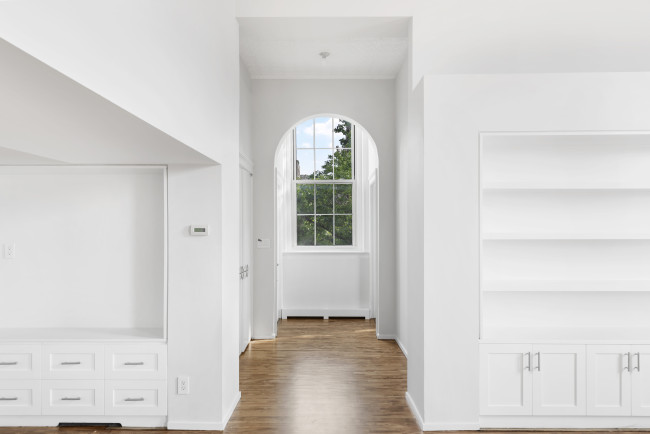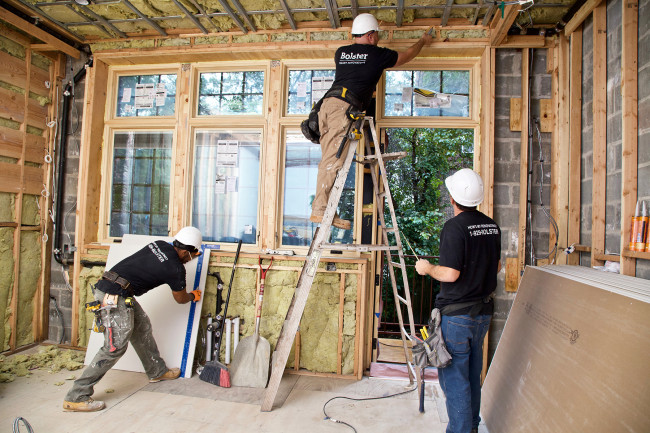Design-Build vs. Design-Bid-Build renovation models: Bolster explains which is right for you
- Design-Build is the best option for most renovators because it involves one team
- Design-Bid-Build is better if you want to closely manage the process yourself
Design-Build or Design-Bid-Build—which renovation model is best for New York City renovators? Making this decision is highly personal to each homeowner and unique to their needs. When embarking on a renovation, homeowners should evaluate individual project requirements as well as other key factors such as time, willingness to closely manage the process, sensitivity to cost and timeline, and level of comfort with risk.
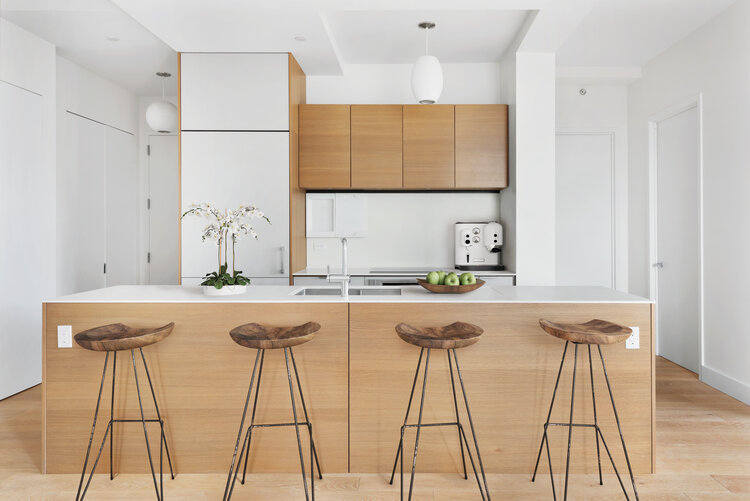
What are the differences between Design-Bid-Build and Design-Build?
Design-Bid-Build is the most traditional process in the renovation industry, where the homeowner contracts separately with an architect and a contractor. The design firm or architect is first hired by the homeowner to deliver design documents. Once these are complete, the homeowner then solicits bids from contractors to perform the construction work.
Design-Bid-Build is a good option for homeowners who possess a desire to more closely manage the design and construction process themselves, feel confident comparing bids from different contractors, and are comfortable with a certain level of risk (Design-Bid-Build is notoriously risky as there is little cost control). Homeowners that embark on this plan should vet their team carefully.
“In Bolster’s experience, the main pain point for renovators seems to be the lack of standardized and detailed pricing provided by contractors,” says Anna Karp, CEO and co-founder of Bolster, a data-driven renovation firm in NYC. “Our Design-Bid-Build process (which Bolster calls ‘Build-Only’) is designed to audit architect documents and provide granularity to empower both the architect and homeowner to understand their project from a cost perspective.”
In Design-Build, a single team works under a contract with the homeowner in order to provide both design and construction services. In this collaborative arrangement, design and construction experts are contractually obligated to work together in the best interest of the project. But even Design-Build is not immune to risk unless the right guardrails are in place. That’s why Bolster created an innovative process that is slightly different.
“Bolster’s design and build model benefits from a unique structure which integrates pricing at key design milestones to ensure projects stay on budget as they progress through the different phases,” says Jeronimo Aguilar-Gutierrez, executive vice president at Bolster who oversees pricing.
Bolster’s model follows a unique “Design-Price-Design-Price-Build” model. This iterative pricing model allows all parties to track the fluctuation in cost which arises from changes in design and/or the evolution of the project.
Design-Build is a good option for homeowners who don’t have the desire or bandwidth to micromanage their renovation project, desire a defined, predictable budget and timeline, wish to reduce risk, want to ensure a quality end product with reduced re-work, or live remotely and need their renovation completed professionally and without headaches.
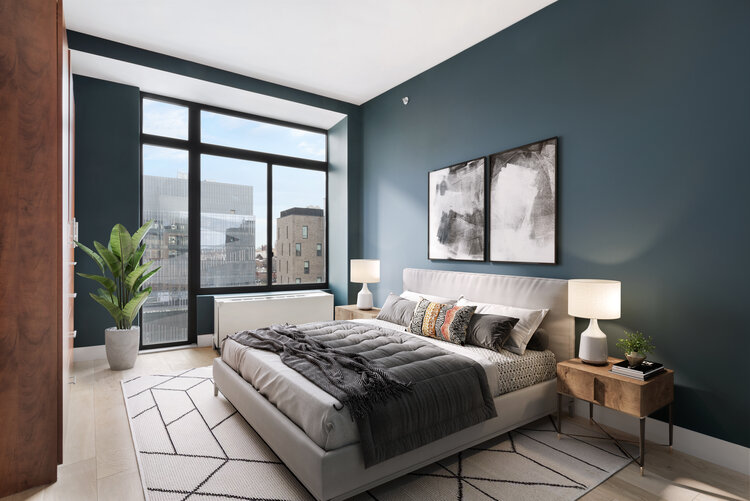
Which model is the best for NYC renovators?
For most NYC renovators, Design-Build is going to be the best option. Here’s why:
Design Build renovations outperforms on cost and schedule delivery: Because Design-Build involves one team and one unified flow of work from sketches to certificate of completion, these types of renovations typically outperform others in terms of cost and timeline. An experienced Design-Build team has the best opportunity of succeeding in schedule maintenance and build efficiency goals, as well as achieving lower cost growth from change orders (which can derail both budget and schedule).
“In my years of experience, I've found the traditional design-bid-build model tends to be tricky to navigate when designing within a budget, as the homeowner's main pain point is the gap between their budget expectation and the reality of the bidding process which lacks standardized terms and pricing breakdown from general contractors,” Jeronimo says.
Design-Build reduces risk: Design-Build also reduces project risk, as the design-build firm bears the risk for the design completion. In Bolster’s case, renovation budgets are largely decided upon upfront, and all renovations come with the Bolster Promise (a risk-free guarantee) as well as a quality warranty.
Design-Build promotes clear communication and expectations: Everyone has a role to play and is aligned on things like communications, budget, and timeline from start to finish. In Design-Bid-Build, homeowners may waste valuable time bidding out their project, comparing confusing bids, then acting as their own project manager to bridge the gap between their disjointed design and build teams, leading to frustration.
“More than 85 percent of the homeowners who seek out Bolster for our Build-Only model claim the results they have received from other architects and general contractors are higher than their expectations; this should not be the case. Our iterative pricing model allows all parties to be on the same page as they move through the design process to get to a budget where they are comfortable,” Jeronimo says.
Unfortunately, with traditional renovation models, there can be “friction between the different players and extended timelines to get everyone on the same page, putting homeowners in an uncomfortable position,” he says. It highlights a systemic problem in the renovation industry: Architects do not have access to real-time pricing, making the Design-Bid-Build process seem obsolete compared to the Design-Build process at Bolster.
Bolster’s Design-Build model protects against inflation: Because Design-Build firms like Bolster work as one team, they’re able to address important items in advance. Bolster procures items with a build deposit upfront in order to lock in prices. This is especially important as the new year approaches, when many third parties and vendors will often update their pricing. This also enables Bolster to ensure items, from critical-path building materials and supplies to things like appliances, aren’t negatively impacted by the supply chain.
Design-Build offers clearer cost transparency: Many contractors bids are not apples to apples; by going with the least expensive option, homeowners risk a contractor adding costly change orders throughout a project, which can add up quickly. With Bolster, iterative pricing offers a fixed price at the end of the design phase so homeowners understand the true cost of their project upfront (which also makes it simpler to pay predictable monthly installments).
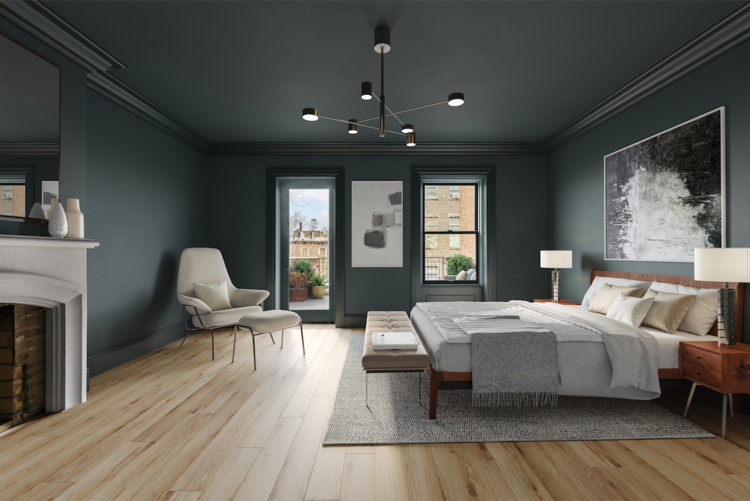
Closing thoughts
The renovation industry is broken largely due to lack of access to real-time pricing, which leads to both redesign, which can result in more design expenses for the homeowner; or bids from contractors that are value-engineered to fit a target budget.
The experience of designing the home of your dreams should be built on a solid foundation—it should not involve going back to the drawing board once you’re ready to break ground. The solution at Bolster is to invest time in the pre-construction phase in order to alleviate this industry-specific problem. Bolster is then able to provide a fixed price because the team had months working together making design and cost decisions, which in turn leads to successful projects without disappointments.
The Bolster Smart Renovation Zero-Risk Guarantee
How can a design-build firm guarantee a Zero-Risk renovation?
Bolster has pioneered Smart Renovation. We apply quantitative analysis along with our proprietary technology solution to identify and quantify the performance risk on every renovation project. The result is a personalized strategic approach to each renovation that allows us to absorb 100 percent of the homeowner’s risk. Your home will be beautifully designed, and delivered on-time and on-budget. That is our guarantee.
Smart Renovation & Zero-Risk means that Homeowners are now free to dream.
To start your major home renovation project visit bolster.us.
The Bolster Promise video
You Might Also Like




















